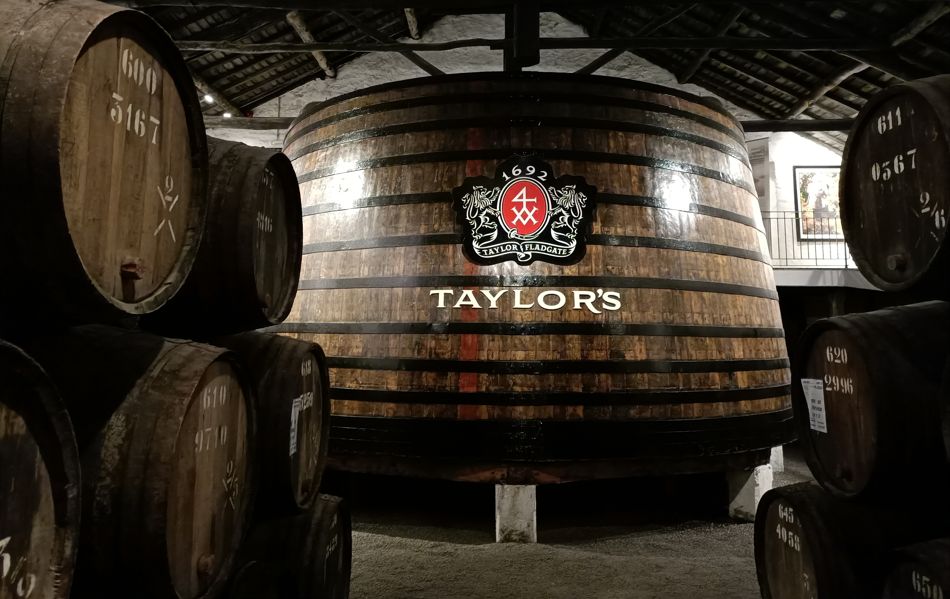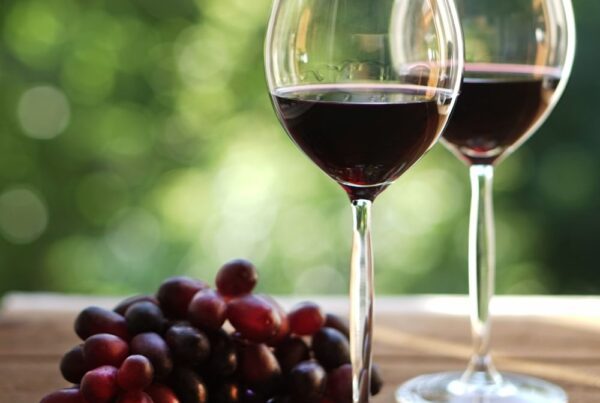Port wine, often referred to simply as Port, is a fortified wine from the Duoro region in Portugal.
There are different types of Port wine, each with their own unique characteristics.
In this article, we will explain what Port is, how it is made, what the different types of Port wine are and everything else you need to know about Port.
Contents
What is Port Wine?
Port is a fortified wine made from a blend of black grapes varieties.
Fortified wines are wines that have additional alcohol added.
A grape-derived spirit is added to partially fermented grape juice. The alcohol in the spirit kills off the yeasts and stops the fermentation. The result is a sweet wine that is high in alcohol.
There are different styles of Port.
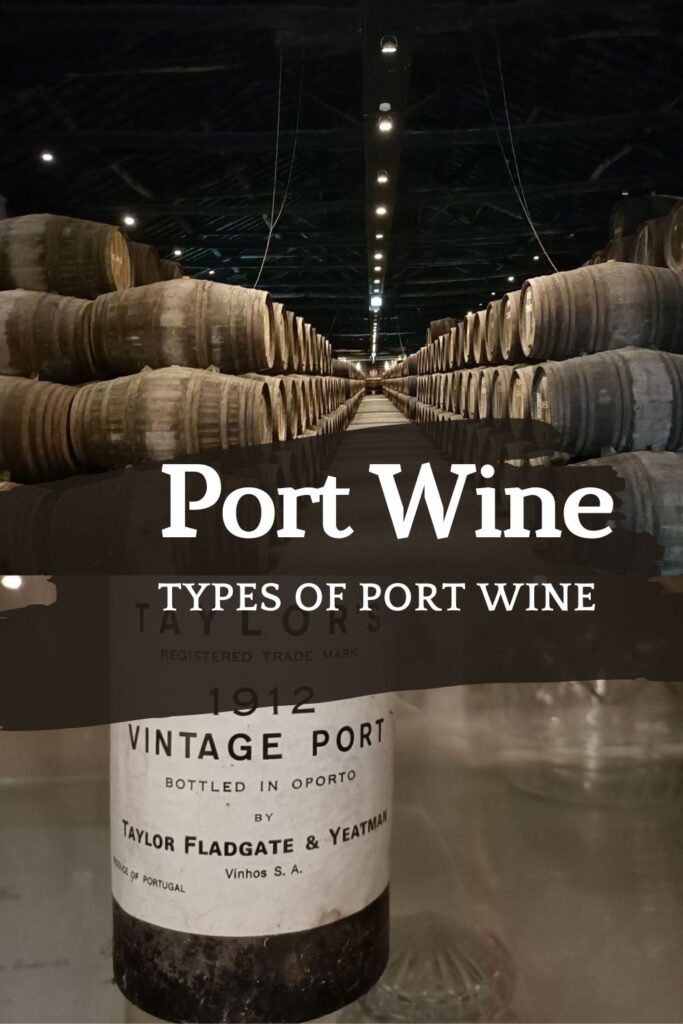
What Port wine tastes like
Port wines are deeply colored and taste sweet.
They have berry, plum, and cherry notes. Aged Ports develop flavors of cooked and dried fruit, prunes and leather.
Tawny Ports that undergo long periods of oxidative ageing have dried fruit, walnut, caramel, coffee and chocolate notes.

Port wine alcohol content
Port wine alcohol content is between 19-22% ABV.
So, Port has more alcohol than wine. For comparison, a regular bottle of wine is usually between 11-14.5% ABV.
How Port wine is made
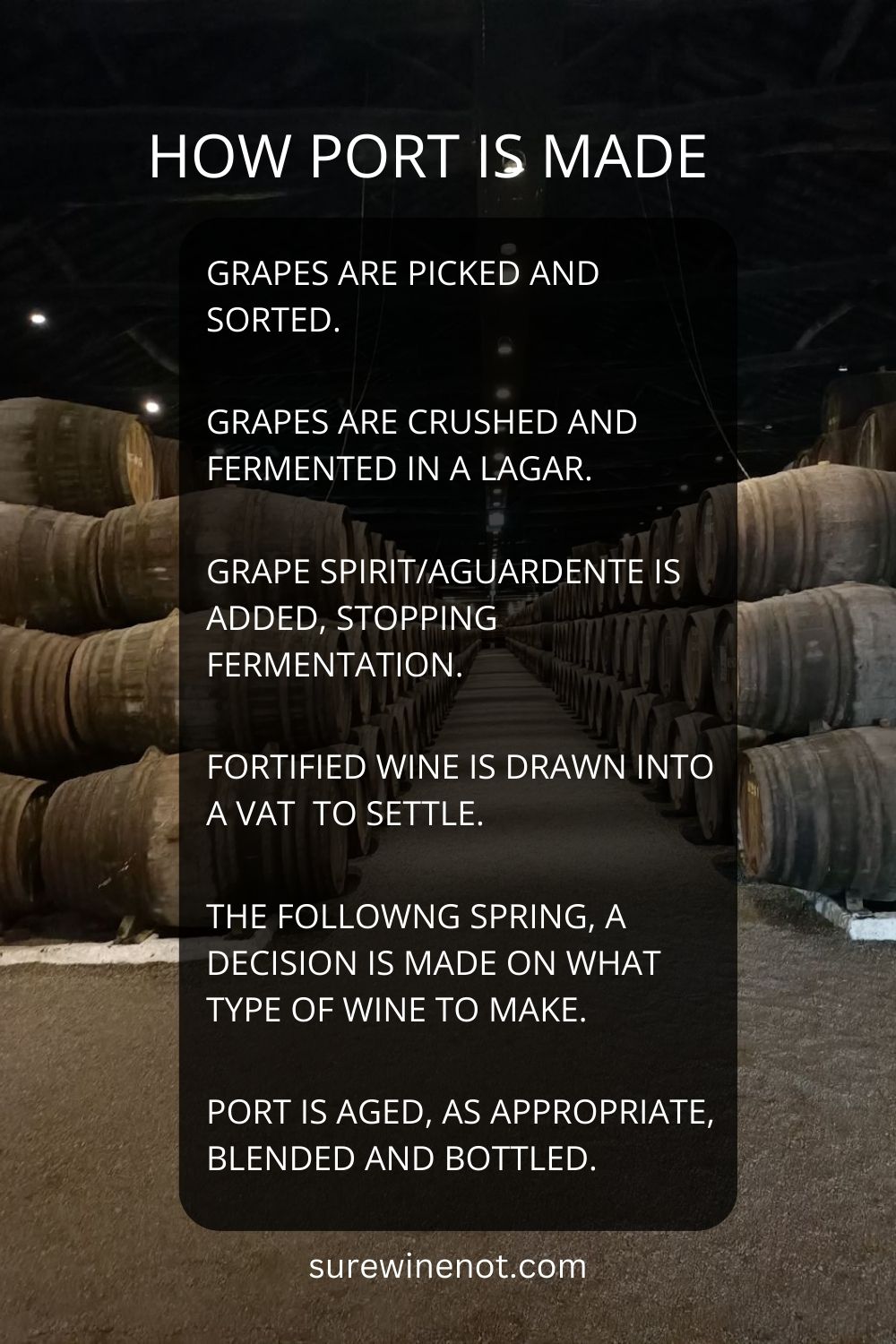
Duoro wine region
Port wine is made in the Duoro region in northern Portugal.
The first reference to a “Porto” wine from the Duoro was in 1675.
The Duoro and its Port wines was the first demarcated and regulated wine region in the world when the Marquis of Pombal–the then-Secretary of State of the Kingdom of Portugal– founded the Duoro Wine Company in 1756.
The Duoro is divided into three sub-regions: Baixo Corgo, Cima Corgo and Duoro Superior.
The Baixo Corgo is to the west and closest to the Marão mountains. It has the coolest temperatures and the most rainfall. As a result, the vineyards in Baixo Corgo have the highest yields and produce the most early-maturing styles of Port, which are intended to be drunk young.
The finest Port, with the greatest ageing potential, mostly hail from the hotter and drier areas of Cima Corgo and the Duoro Superior.
Different Port grape varieties
There are approximately 30 different traditional grape varieties that Port wine can be made with.
Each variety contributes its own distinctive character to the wine and thrive under specific growing conditions.
Most Port wine is a blend of different grape varieties. The combination of different varieties gives Port both complexity and harmony.
The six most commonly used grapes in Port production are:
- Touriga Franca
- Also known as Touriga Francesa, it is the most widely planted grape variety in the Duoro Valley. It produces consistent and reliable top quality Port wine with intensely fruity aromatic wines with firm tannins.
- Touriga Nacional
- This grape variety is possibly the most famous of the top red Duoro grape varieties. It has small thick skinned berries that produce low yields of dark concentrated tannic wines. This variety provides dept, stamina and volume to Port wine.
- Tinta Barroca
- Tinta Barroca grapes are richer in anthocynanins than tannins which produces wines that provide more color than structure. It is therefore often blended with more structured varieties. It produces fragrant wines that are soft and round on the palate.
- Tinta Roriz
- Tinta Roriz grows well in dry years and its large berries produce relatively high yields. Tinta Roriz produces aromatic structured wines that gain elegance and complexity with age and often developing spicy and raisiny character.
- Tinto Cao
- Tinta Cao is an old variety that has adapted well to hot and dry conditions and which can grow even in poor soil. It produces very low yields and is therefore not a widely planted variety. Its small berries produce long-lasting velvety wines with crisp acidity that develop great complexity with age.
- Tinta Amarela
- Tinta Amarela is an early-ripening grape that grows well in dry conditions. It produces age-worthy intensely aromatic wines with cherry, blackberry and violet notes.
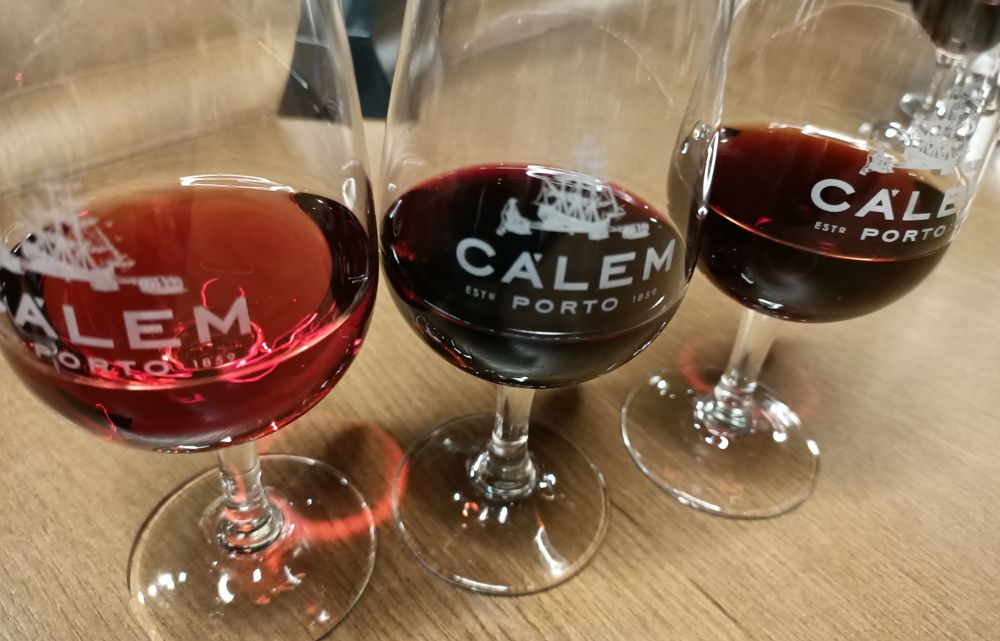
Port grape sorting
After the grapes are handpicked, they are taken to the winery for sorting and destemming.
Then, the grapes are crushed.
Crushing and fermenting of Port grapes
This is sometimes done the traditional way with foot treading in special tanks known as lagares, but, nowadays, crushing can also be done using special machinery.
Autovinifiers: An early automated way to extract grape juice, autovinifiers are still widely used today. They work by putting the crushed grapes into sealed vats. The fermentation of the grapes creates CO2 which increases the pressure in the vat pushing the juice up through pipes into a holding tank.
When the pressure is released via an automatic valve, the wine flows back down into the tank over the cap (the grape skins that float to the top). The valve resets and the process repeats itself.
Robotic lagares and piston plungers: Both systems are designed to mimic foot treading as closely as possible. Robotic pistons and “feet” press and punch down crushing the grapes.
These systems are widely used in the production of premium wines and are considered by many to be as effective as foot treading.
Foot treading: The first stage of foot treading is called the “corte” or cut. A team of workers form a line, standing close together, and advance slowly across the lagar treading and squashing the grapes in unison.
The grapes are trodden like this for two hours crushing the grapes into a thick soupy liquid.
The second stage of treading is called “liberdade” or freedom where the treaders work individually. The treaders move around the lagar ensuring the grape skins are evenly distributed in the juice.
The treading process is controlled by the winemaker, but treading can often have a festive atmosphere with music and dancing.
Foot treading is labour intensive and therefore expensive, so it is not widely used anymore; however, it is still used to make some premium Port wines.
Color and tannins are rapidly extracted from the skins during a short period of fermentation.
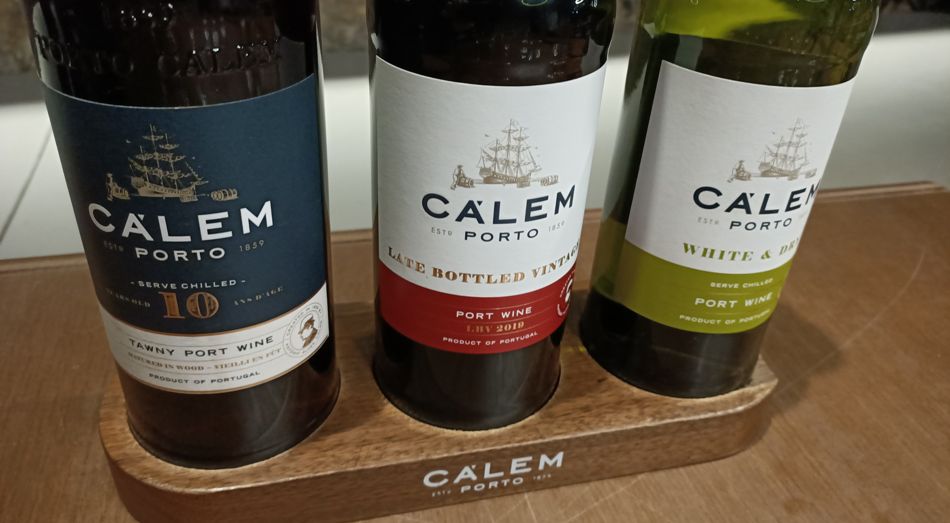
How Port wine is fortified
The natural sugars in the grape juice ferment into alcohol, creating wine. When roughly half of the natural sugars have fermented, the fermentation process is stopped by adding a colorless, neutral grape spirit.
The fermented grape juice is drawn from the lagar into another vessel where it is blended with the grape spirit.
The grape spirit, also known as the “aguardante”, and wine are blended in a ratio of 4:1 (80% wine to 20% grape spirit).
Because half of the natural sugars remain, this creates a sweet wine. The grape spirit also increases the alcohol level of the wine.
The fortified wine is drawn into large vats, either wooden or stainless steel, where it is left to settle.
The short video below (less than 3 mins.) by Taylor’s, a leading Port wine brand, demonstrates the grape fermentation in the lagar, as well as the wine fortification.
How Port wine is aged
In the spring, following the harvest, the wine is racked to remove sediment or lees that the wine has thrown off.
The wine is transported down river from the vineyards to Vila Nova de Gaia for maturation.
Then, the winemaker evaluates the wine and a decision is made regarding what style of Port it will be used to make.
It is then put in vats or casks, as appropriate, to age before being blended and bottled.
Blending Port wine
Blending wine is an art form in itself. The Master Blender brings different wines together to create a perfect harmony of flavor and character.
It begins with taking samples of wine from different casks and blending them in the tasting room and lab to determine the ideal balance for the desired style of Port.
Blending (apart from vintage Ports) involves blending wines from several different harvests.
Vintage Port and Colheita Tawny are from the same vintage/harvest but are still blended, using grapes from different plots and vineyards.
Types of Port wine/Classification of Port wines
There are many styles of Port and the period of maturation determines which style it will be.

Ruby Port wine
Ruby Ports are aged for short periods in large oak vessels and are bottled ready to drink. They are fruity and dark in color.
Inexpensive Ruby Ports are non-vintage, fruity, sweet, simple wines. They are full bodied with red fruit aromas.
They are, generally, aged for less than three years before being bottled.
Reserve Ruby Port
Reserve Ruby Port is a premium-quality wine with a more rigorous criteria applied to grape selection than standard Ruby Port. They have more intense and complex flavors than inexpensive Ruby Ports.
Reserve Ruby Port is aged for longer than Ruby Port – usually 3-4 years.
Late Bottled Vintage (LBV) Port

LBV Port is made from a single year’s harvest. They have intense red and black fruit flavors, often with a hint of sweet spices.
Some are filtered and some are not. The unfiltered ports are usually labelled as such and will have a deposit that requires decanting. They are ready to drink on release.
Vintage Port
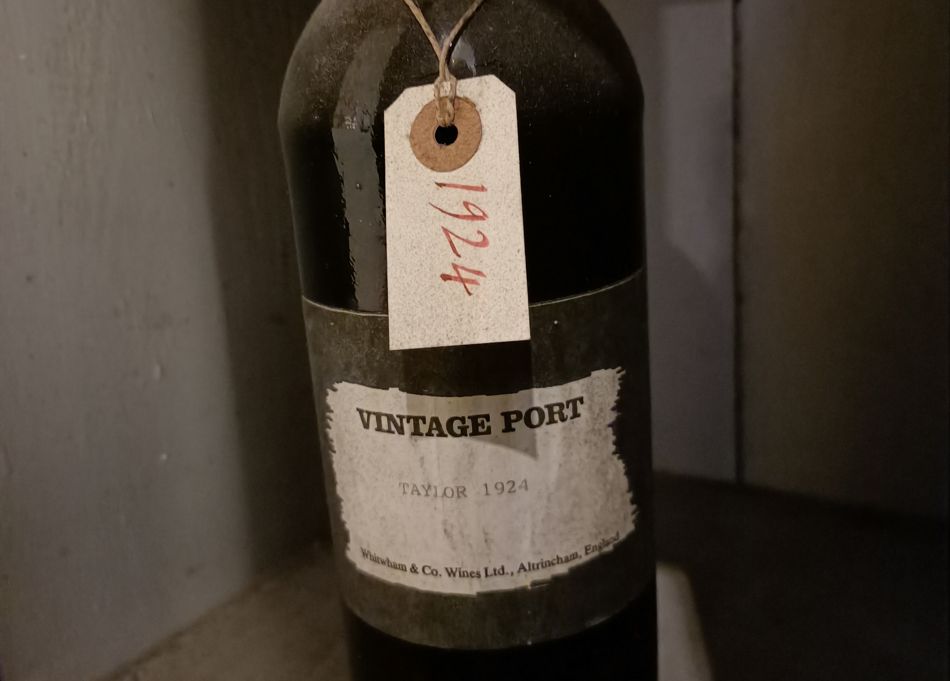
Vintage Ports are made using grapes from the best vineyards and they are only made in good years.
They are aged in oak for short periods and are bottled unfiltered. They therefore must be decanted when aged.
They are long-lived wines that benefit greatly from ageing.
With ageing, intense red and black fruits with spicy notes evolve into cooked fruit with animal and vegetal notes over time.
For more information on Vintage Port, see our article all about Vintage Port.
Tawny Port
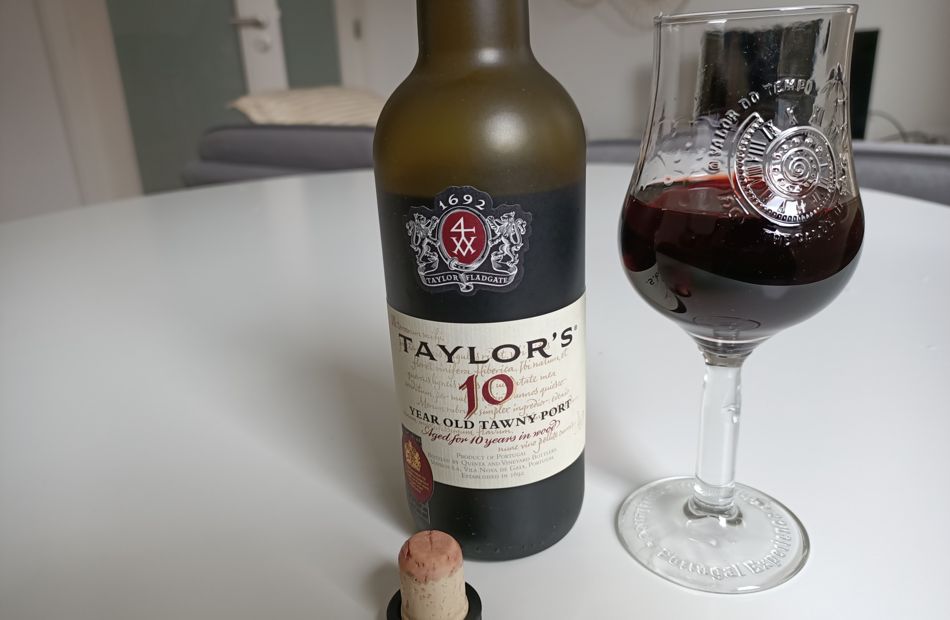
Inexpensive Tawny Ports are a paler-colored Ruby Port (some have White port added to adjust the color) with caramel and toffee flavors.
Tawny with indication of age
Tawny Ports with indication of age can be labelled 10, 20, 30 or 40 (indicates the average, rather than a minimum age).
These wines are made by blending wines from different harvests to achieve particular flavors, colors and aromas.
They are best served slightly chilled.
Colheita/Single Harvest Tawny
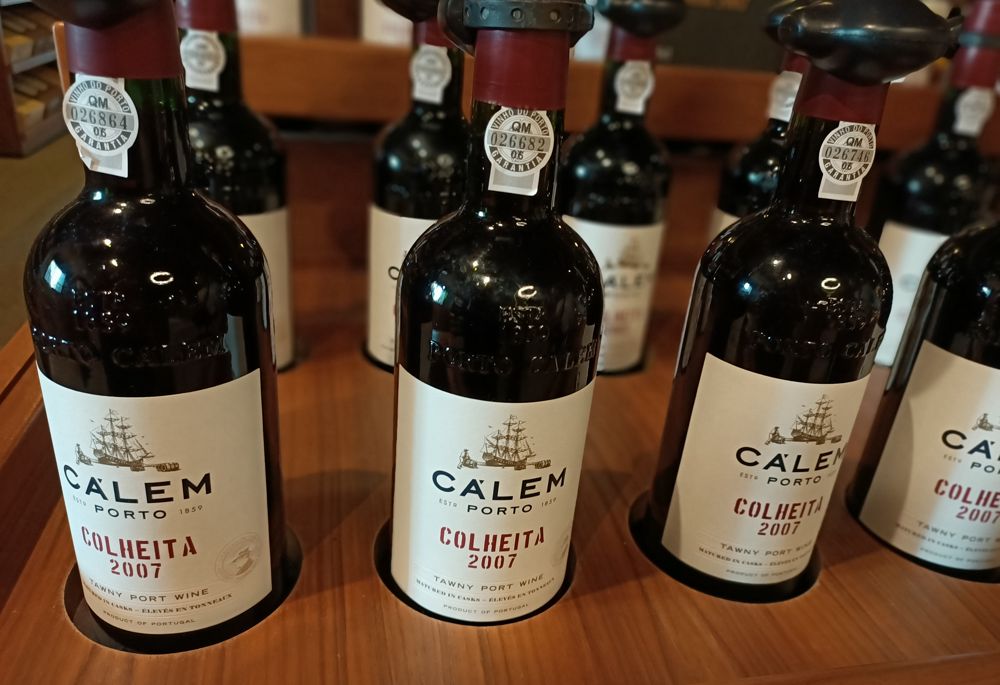
Colheitas is a Tawny wine made from a single harvest.
They mature in “pipas” for a minimum of seven years in small oak vessels and can age sometimes for up to 100 years.
They develop kernel and oxidative flavors (walnut, coffee, caramel).
They have a tawny or even brown appearance rather than the ruby or purple colors of Vintage Ports.
They do not need to be decanted and should be drank as close to the bottling date as possible. This date is usually written on the label.
White Port

White Port is made from white grapes and can be made in a wide variety of styles.
Young White Port drunk chilled makes an excellent apéritif, whereas wines that undergo longer ageing periods and aquire more complexity are more suited to be consumed after meals.
Regular White Port is aged for 2-3 years.
White Port can be divided into four categories in terms of sweetness:
- Extra Dry
- Dry
- Sweet
- Lágrima
Dry White Ports
Dry Ports have between 40 and 65 g/l of sugar, so even the so-called dry and extra-dry Ports have some sweetness to them; for example, Taylor’s Chip Dry White Port, which is an extra-dry Port (<40 g/l), did not taste completely dry when I tasted it at Taylor’s.
Dry White Port wines are typically aged for 2-5 years.
Sweet White Port
Sweet White Port wines have between 85 and 130 g/l of sugar. They are made by blending wines of different ages.
Lágrima Port
The word “lágrima” translates as “tears”. The name comes from the pattern of “tears” that run down the wine glass.
Because it is a very sweet wine, it is often served with dessert or cheese.
Lágrima Port usually has more than 130 g/l of sugar.
Reserve White Port
Reserve White Ports are very high-quality wines made from blends and aged in wood for at least six years.
Calém winery produces a White Port that is aged for 10 years.
They have golden tones and complex flavors.
Rosé Port wine

Rosé Port is a recent variation that was first released in 2008. It is created in a similar way to rosé wine.
There is a shorter period of contact with the grape skins, ensuring less color is extracted (creating the rose color rather than the typical deep ruby color created with longer contact with the grape skins).
Rosé Port is sweet and the one in the image above, by Calém, was aged for 3 years and had a deep rose color.
Like white Port wines, Rosé Port is usually served as an apérifit, meaning before a meal. It is also popular for making cocktails.
What glass to serve Port in
Fortified wines, like Port, have traditionally been served in small glasses because of their high alcohol content. That said, it is more common nowadays to serve fortified wines in white wine glasses.
Whatever glass you choose to serve your Port in, it should allow enough room for swirling and nosing.
Should Port be kept in the fridge?
White and Rosé Port wine can be stored in the fridge for up to 2 months after opening.
Make sure to replace the cork properly. Port wine (except for Vintage) have handy stopper corks that are designed to be reused.
Tawny Port does not need to be stored in the fridge after opening. They should be kept somewhere dark and cool to ensure freshness for as long as possible.
Aged Tawny Port (10 years or more) can last 4-6 months after opening if stored properly.
A regular Tawny should be consumed within 1-2 month.
Vintage Port should be consumed within 2-3 days.
Ensure to keep Port (open and unopened) away from sunlight, bright lights and warm temperatures.
Unopened Port does not need to be store in the fridge, but you can store it in a wine fridge if you have one.
For more information on storing Port, see our article on how long Port wine lasts opened and unopened.
When to drink Port
Traditionally, Port wine is an after-dinner wine–something sweet to sip on with dessert or on its own.
Port pairs particularly well with cheese and dried fruit so it is often served with a cheese course or cheese board.
Serve chilled White and Rosé Port as an apéritif.
Nowadays, Port is also becoming more popular as an ingredient in cocktails and other mixed drinks.
What is aguardante?
The grape spirit used to fortify Port wine is known as aguardante.
It is a colorless, odorless alcohol that is blended with the wine in a ration of 4:1.
The aguardante or grape spirit must be 77% ABV or lower for Port wine.
Fortifying the wine stops the fermentation process, preserving some of the natural sweetness in the grape juice.
What alcohol to mix with Port wine
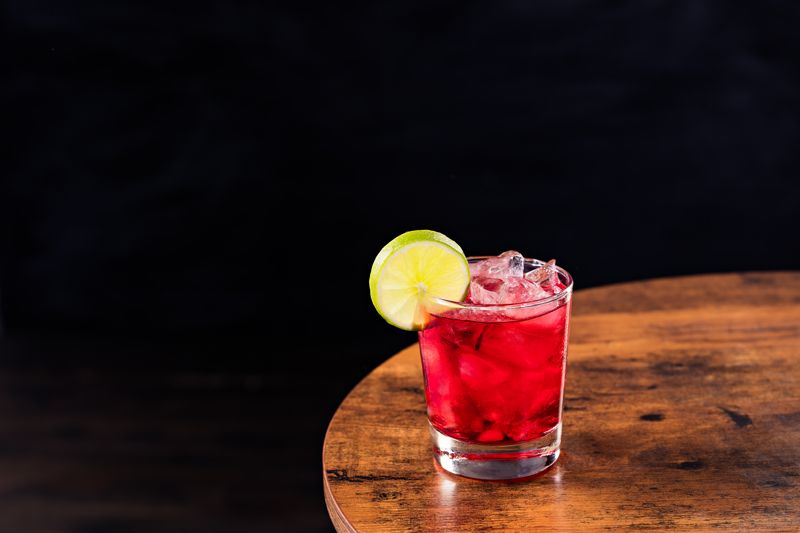
Port wine may be synonymous with sipping on while you warm yourself in front of the fire on cold winter evenings; however, it is a surprisingly versatile drink.
So, whether you are a Port aficionado looking to switch things up or simply want to use up that bottle leftover from Christmas, there are lots of great cocktail recipes to choose from:
For more great ideas on what goes well with Port wine:
FAQ
Is Port wine only made in Portugal?
Yes, Port is a protected product or PDO (protected designation of origin) and must be made in Portugal.
Winemakers must also adhere to various rules and laws relating to making Port in order to label their product as Port.
Similar fortified wines are made in other countries, but they are not permitted to use the name Port.
Does Port have brandy in it?
Port is fortified with a grape spirit. The spirit, which is known as aguardente, can be no stronger than 77% ABV.
The spirit used to fortify Port wine is often a young colorless, neutral brandy (Taylor’s Port for example use a brandy like this), but it isn’t the same as a commercial or regular brandy.
Does Port get better with age in the bottle?
Vintage Ports benefit from ageing in the bottle. They are long-lived wines and can age for decades.
Most Port wine is sold ready to drink and does not benefit from ageing in the bottle.
Unfiltered LBV Port wines can benefit from ageing, but most LBV Port is filtered.
Why is Port wine called Port?
Port wine is named after the city of Porto. Porto is a coastal city in Portugal where the majority of Port wine was exported from during the 18th Century.
Why is Port sweet?
Port wine is sweet because the fermentation process that turns the natural sugars in grape juice into alcohol is stopped before all the sugars are converted into alcohol.
This creates a sweet, low-alcohol wine. The wine is then fortified with grape spirit and aged to create Port.
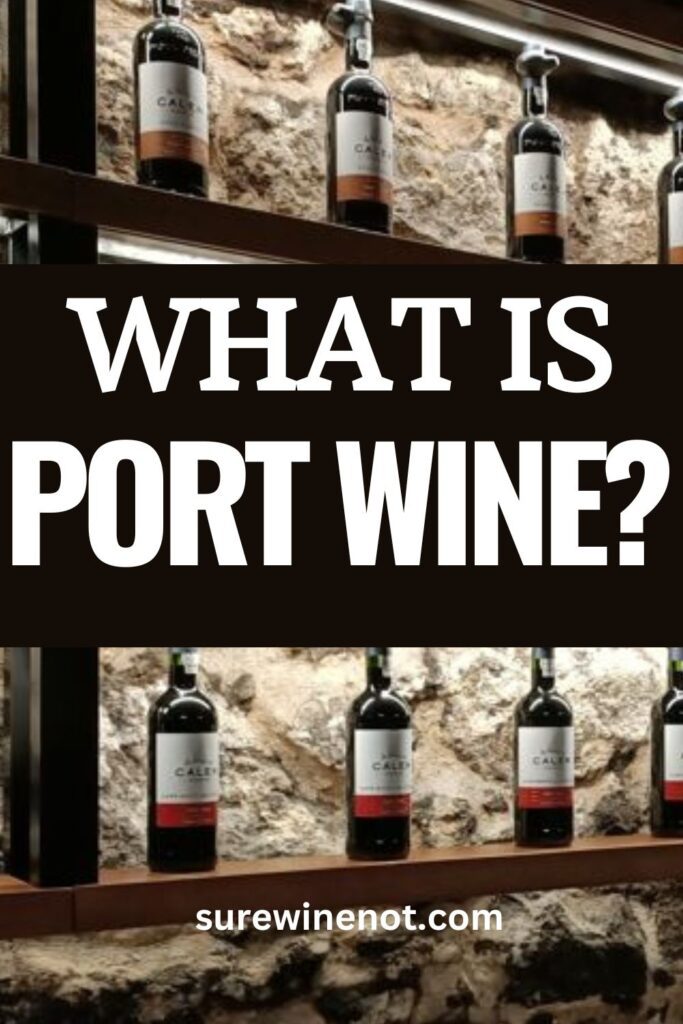
Read with confidence: I am a certified wine expert (WSET L3).


